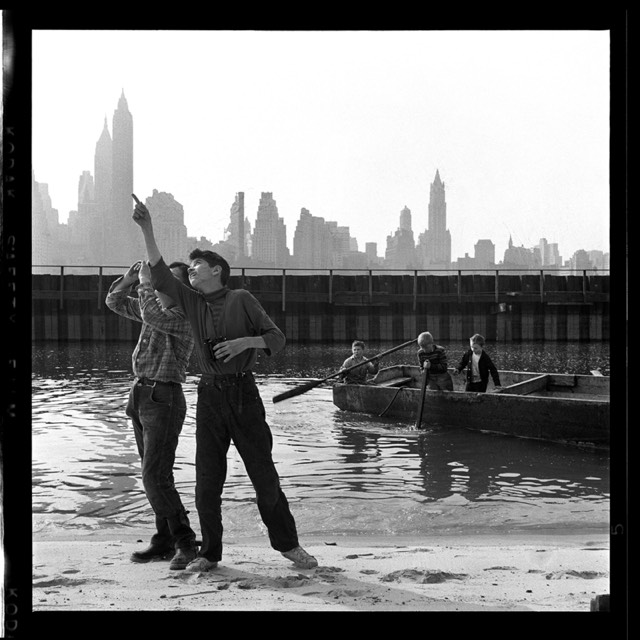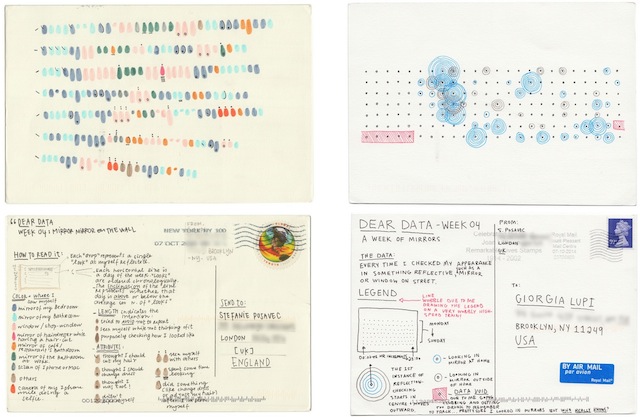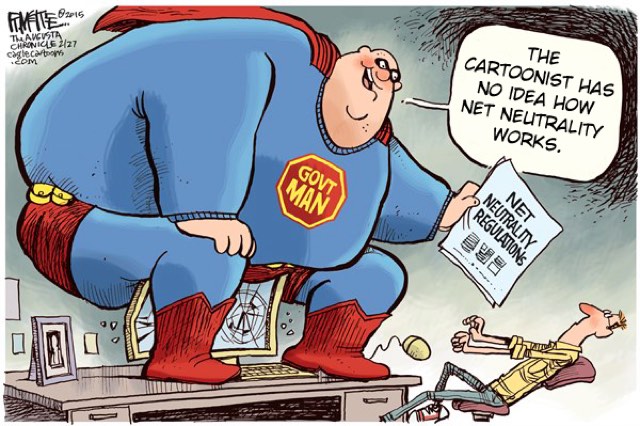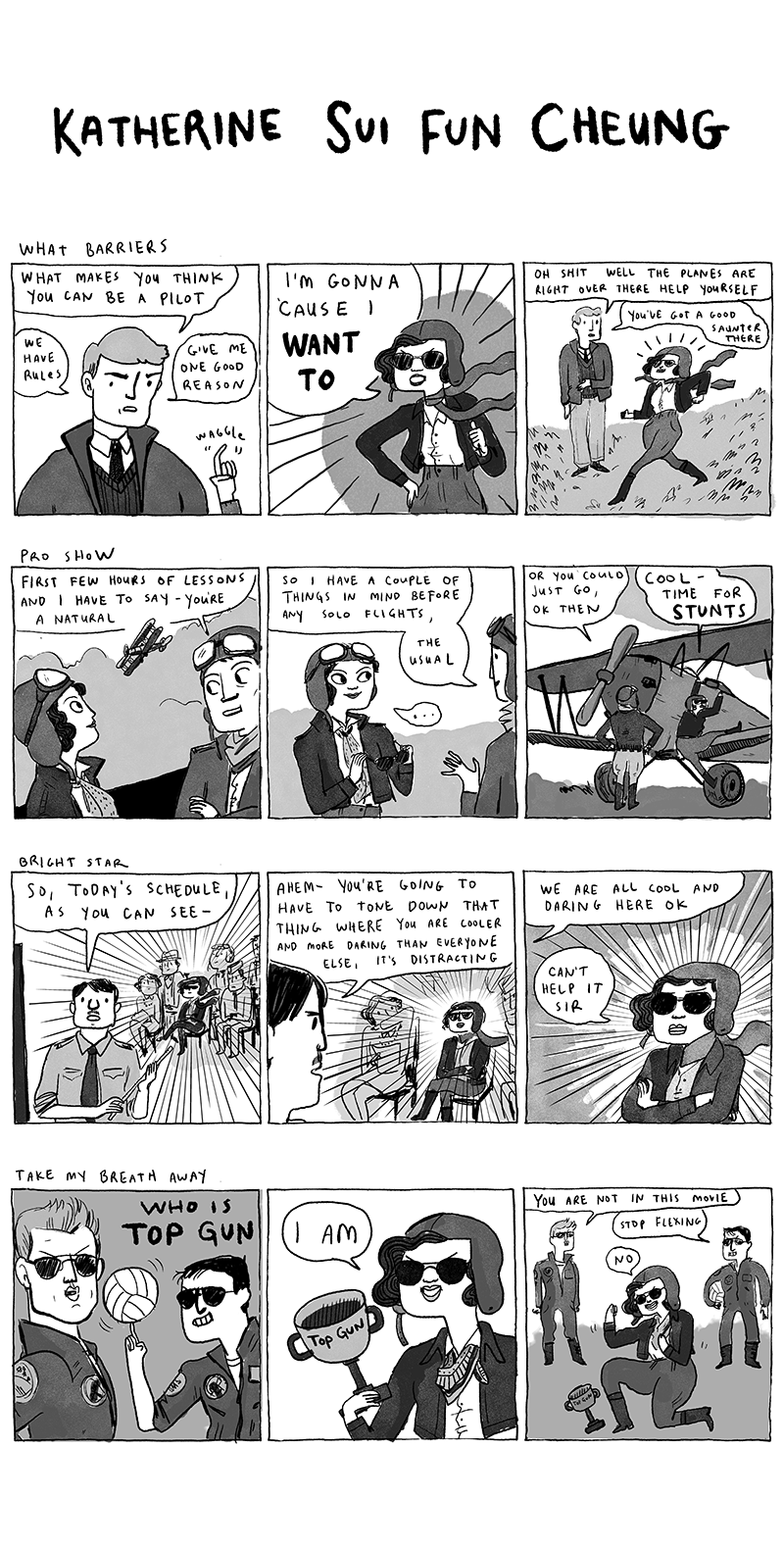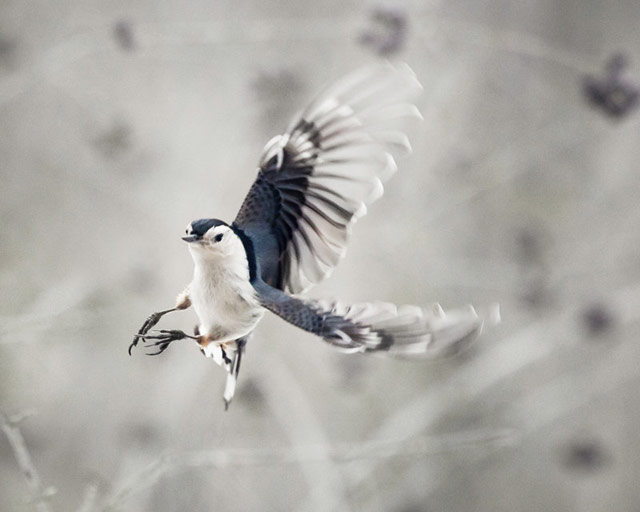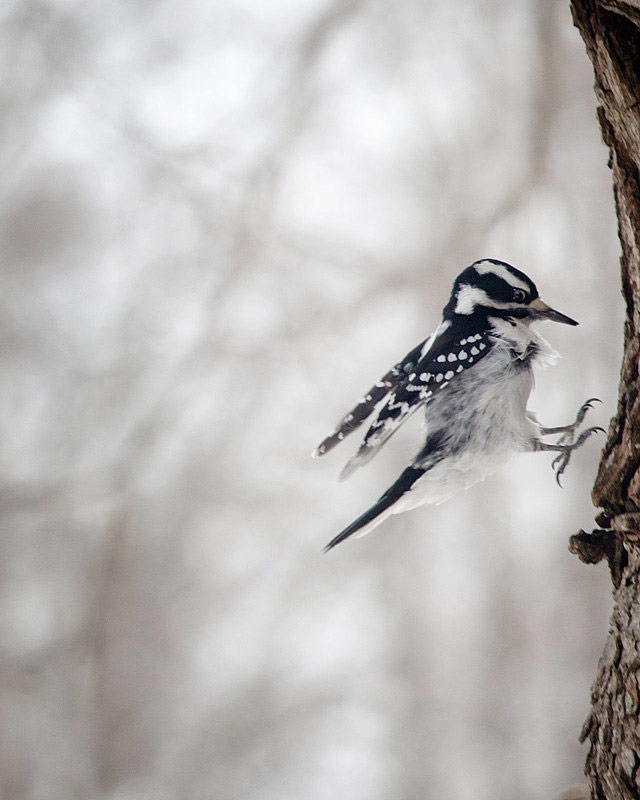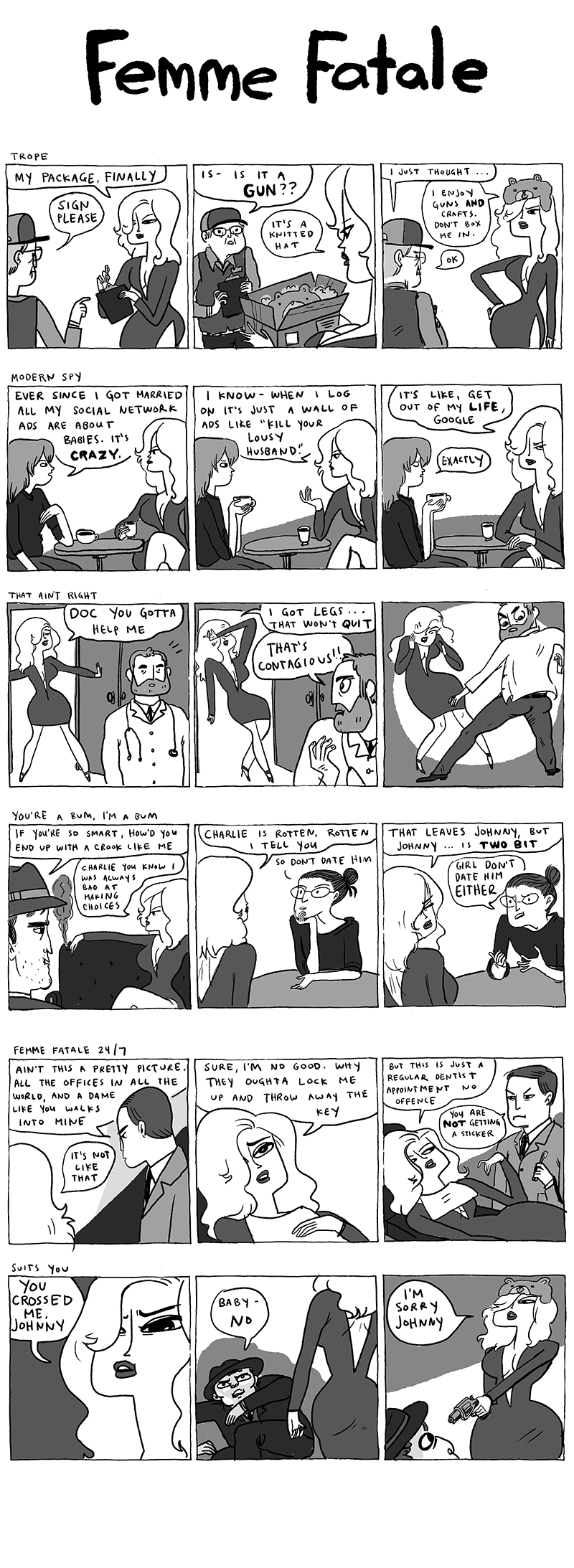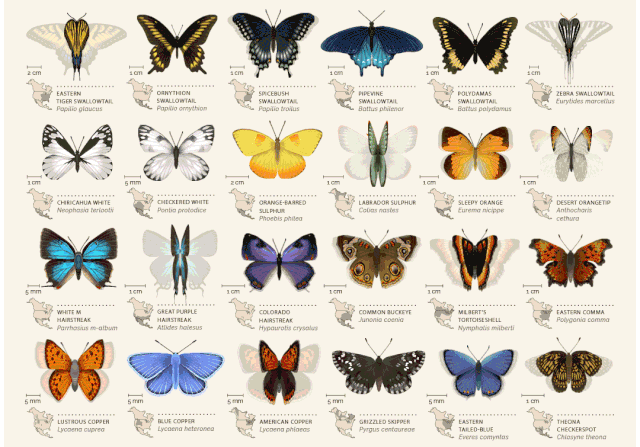For the past year, Joanna Goddard has been running a series on her blog called Motherhood Around the World. The goal of the series was to tease out how parenting in other countries is different than parenting in the US. From the introduction to the series:
We spoke to American mothers abroad -- versus mothers who were born and bred in those countries -- because we wanted to hear how motherhood around the world compared and contrasted with motherhood in America. It can be surprisingly hard to realize what's unique about your own country ("don't all kids eat snails?"), and it's much easier to identify differences as an outsider.
The results, as Goddard states upfront, are not broadly representative of parenting in the different countries but they are fascinating nonetheless. I've picked out a few representative bits below. On parenting in Norway:
Both my kids attended Barnehage (Norwegian for "children's garden"), which is basically Norwegian pre-school and daycare. Most kids here start Barnehage when they're one year old -- it's subsidized by the government to encourage people to go back to work. You pay $300 a month and your kids can stay from 8am to 5pm. They spend a ton of time outside, mostly playing and exploring nature. At some Barnehage, they only go inside if it's colder than 14 degrees. They even eat outdoors-with their gloves on! When I was worried about my son being cold, my father-in-law said, "It's good for him to freeze a little bit on his fingers." That's very Norwegian -- hard things are good for you.
The Democratic Republic of Congo:
No one thinks twice here about sharing breastmilk. Why let something so valuable go to waste? Not long after my second daughter was born, I went on a work trip to Kenya. I pumped the whole time I was there and couldn't bear to throw away my breast milk, nor imagine the nightmare scenario of leakage in my luggage. So I saved it all up in the hotel fridge in Ziploc bags. On the day I left, I took all the little bags to the local market and said, "All right, ladies. Who's got babies and wants breast milk?!" Not a single Kenyan woman at the market thought twice about taking a random white woman's breast milk. My driver even heard I was handing out milk and asked if I could pump some extra to take home to his new baby.
Abu Dhabi:
There are no car seat or seatbelt laws here. You will regularly see toddlers with their heads peeking out of sunroofs or moms holding their infants in the front seat. The government and the car companies are trying to educate people about the dangers, but the most locals (Emiratis as well as people from countries like India and Egypt) believe that a mother's arms are the safest place for her child.
India:
In a country in which space comes at such a premium, few parents would dream of allocating a separate room for each child. Co-sleeping is the norm here, regardless of class. Children will usually sleep with their parents or their ayah until they are at least six or seven. An American friend of mine put her son in his own room, and her Indian babysitter was aghast. The young children from middle class Indian families I know also go to sleep whenever their parents do -- often as late as 11pm. Our son sleeps in our bed, as well. He has a shoebox of a room in our house where we keep his clothes and crib, and he always starts the night in there, falling asleep around 8pm. That way Chris and I get a few hours to ourselves. Then, around 11pm, Will somehow senses that we are about to fall asleep and calls out to come to our bed. It's like clockwork, and he falls right back into a deep sleep the second his head hits the pillow.
Australia:
On sleep camps: Government-subsidized programs help parents teach their babies to sleep. I haven't been to one (though I did consider it when we were in the middle of sleep hell with our daughter) but many of my friends have. The sleep camps are centers, usually attached to a hospital, that are run by nurses. Most mums I know went when their babies were around six or seven months old. You go for five days and four nights, and they put you and your baby on a strict schedule of feeding, napping and sleeping. If you're really desperate for sleep, you also have the option of having a nurse handle your baby for the whole first night so you can sleep, but after that you spend the next few nights with your baby overnight while the nurses show you what to do. They use controlled crying and other techniques. I have friends who say it saved their lives, friends who left feeling "meh" about the whole thing, and a friend who left after a day because, in her words, "they left my baby in a cupboard to cry."
Chile:
Giving treats to children is seen as a sign of affection, so strangers will offer candy to kids on the street. I'll sometimes turn around and a stranger will be handing my daughter a chocolate bar! Several months ago, we were on a bus, and a woman near us was eating cookies. She saw my daughter Mia and said "Oh, let me give you some cookies." I said, "No, thank you." But she kept on insisting. Then, a random stranger, who was not even connected to the first woman, chimed in, "You should give your daughter the cookies!" They were very serious about it! I was frustrated at the time, but after the fact I found it funny.
And then more recently, they talked to a group of foreign mothers about how parenting in the US differs from the rest of the world. For one thing, there's the babyproofing:
Here in the U.S., there is a huge "baby industry," which does not exist in Romania. There's special baby food, special baby utensils, special baby safety precautions and special baby furniture. In Romania, children eat with a regular teaspoon and drink from a regular glass. They play with toys that are not specifically made for "brain development from months 3-6." Also, before I came here, I had never heard of babyproofing! Now I'm constantly worried about my daughter hurting herself, but my mom and friends from home just laugh at me and my obsession that bookshelves might fall.
And the more permissive and involved parenting:
I was surprised that American children as young as one year old learn to say please, thank you, sorry and excuse me. Those things are not actively taught in India. Another difference is how parents here tend to stay away from "because I said so" and actually explain things to their children. It's admirable the way parents will go into basic reasoning to let the child know why some things are the way they are. When I last visited Bombay, I explained to my then four-year-old about that we couldn't buy too many things because of weight restrictions in the flight, etc. My relatives were genuinely wondering why I didn't just stop at "no."
Like I said, the whole series is fascinating...I could easily see this being a book or documentary (along the lines of Babies).
Tags: Joanna Goddard parenting travel USA

